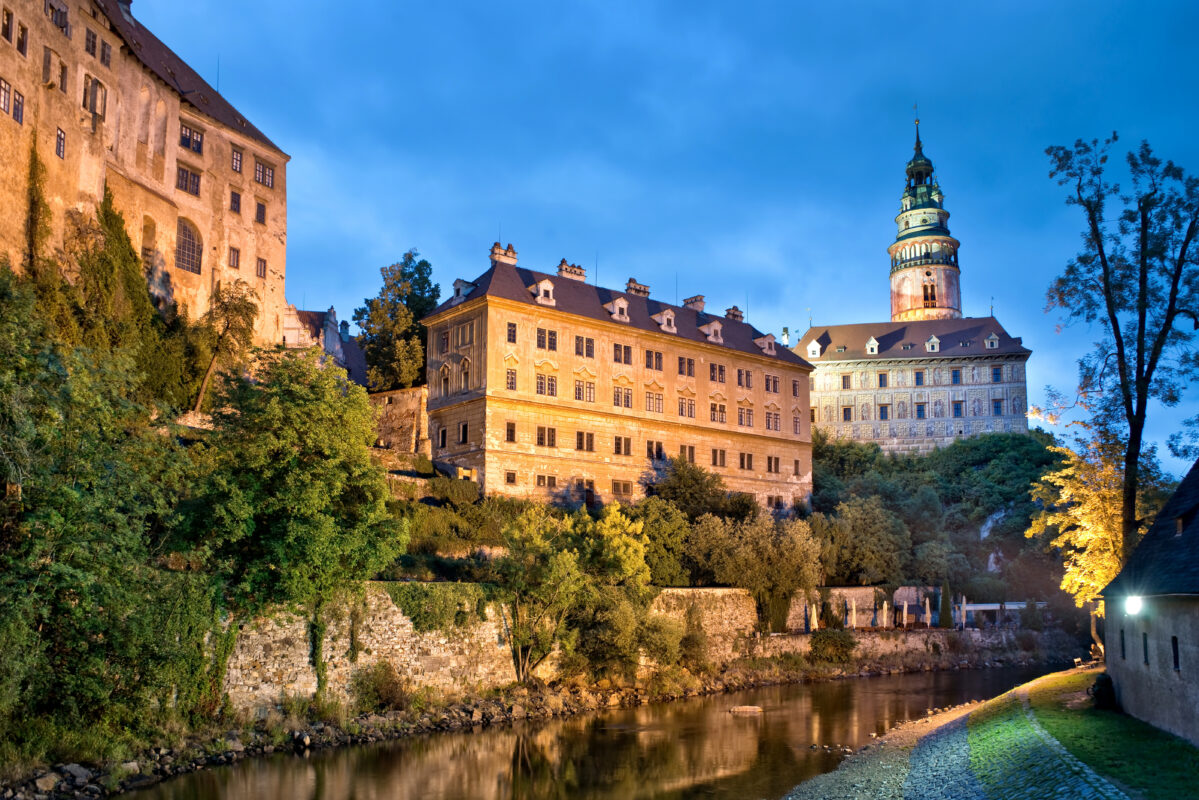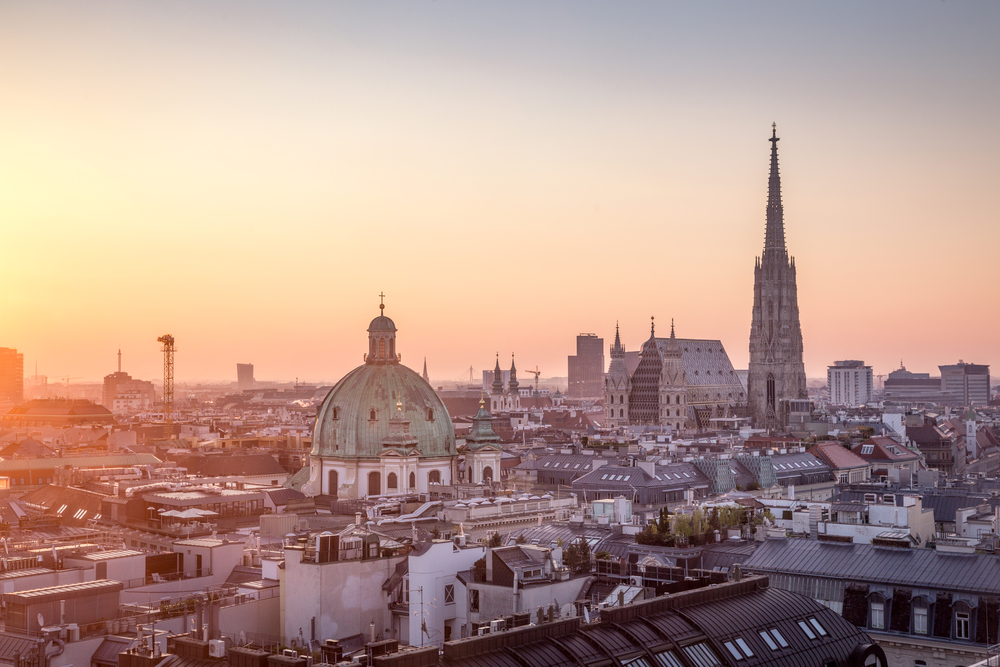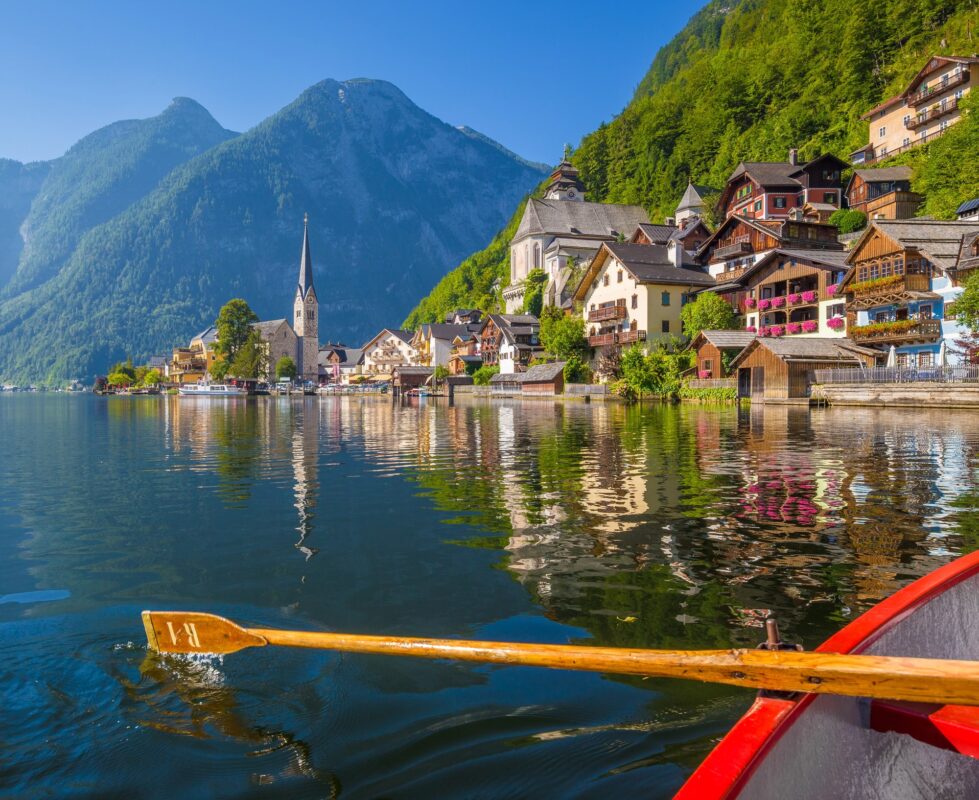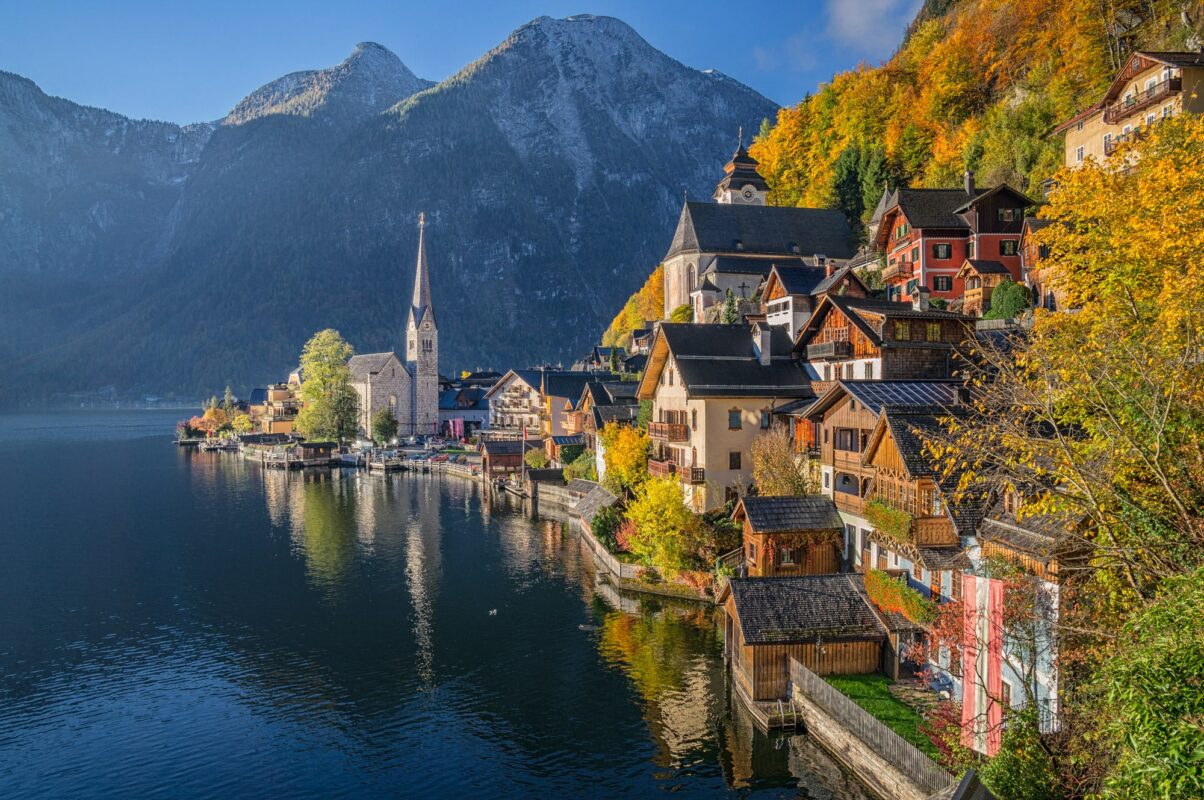As children, we were often told bedtime stories of distant lands, Princesses with long golden hair, fire-breathing dragons and mighty castles with drawbridges. Thankfully, as adults, we are able to relive those nostalgic fairy tales for real in Central Europe, home to thousands of historic castles. While many of the castles were never homes to Princesses and were never protected by dragons, the carefully preserved castles are fantastic reminders of Europe’s diverse and historic past.
No matter what, a visit to one of these top 5 castles in Europe will make you feel as though you’ve just walked back into a childhood fairytale!
1. Karlstejn Castle, Czech Republic
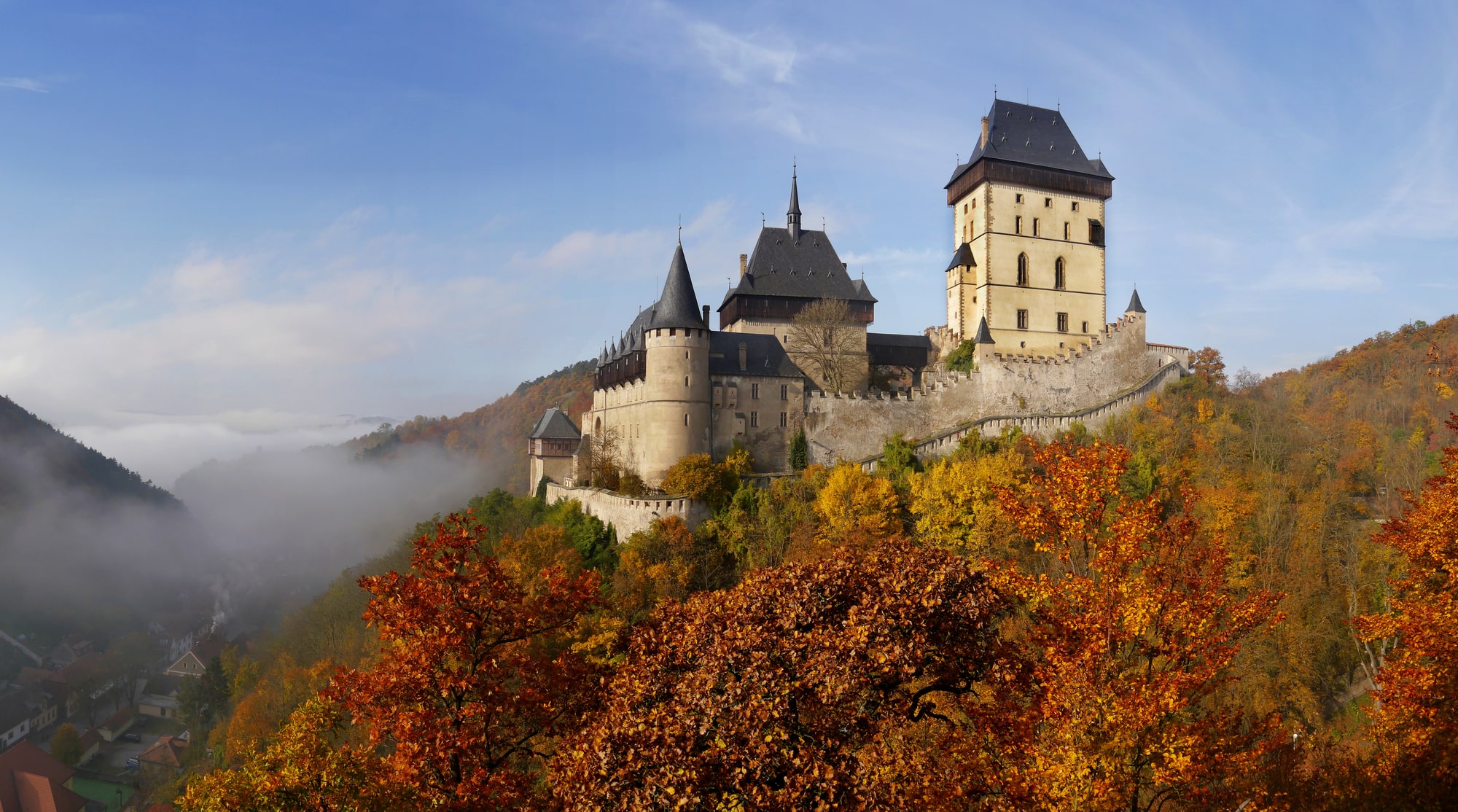
With over 2,000 castles, the Czech Republic has the highest castle density of any country in the world. The most outstanding example of them all is Karlstejn, located just a short distance from Prague. Initiated in 1348 by the Czech King and Holy Roman Emperor Charles IV as an elaborate treasure box for the crown jewels, the castle was eventually finished in 1365 when the Chapel of the Holy Cross situated in the Great Tower was consecrated.
The curious step-like battlements were put to effective use during a siege of the castle in 1422 as part of the Hussite wars when the frustrated attackers resorted to biological warfare by catapulting dead bodies and 2000 carriage-loads of dung over the walls and hence managing to spread infection among the defenders. The castle suffered from a particular strategic weakness, however, as no independent water source could be discovered within the grounds, despite the sinking of a 70m well. An underground channel was therefore excavated to bring in water from a nearby stream.
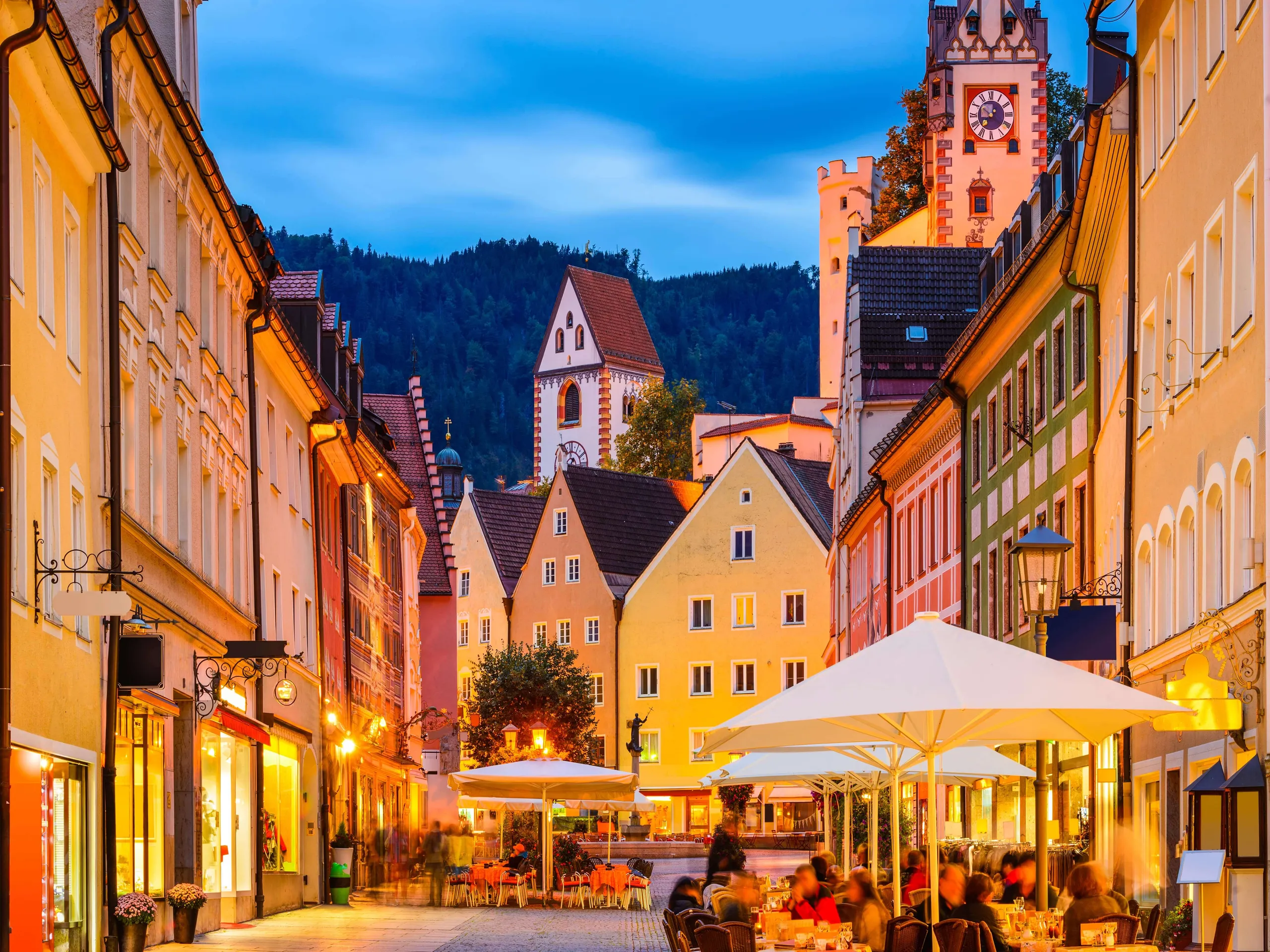
Want to build your own trip to Germany instead?
Instantly create your own customized trip with our easy to use trip builder
An accompanying castle reservoir had to be manually refilled roughly twice a year by opening a floodgate. The existence of this underground channel was a state secret known only to the Emperor himself, and the castle keeper. The only other persons aware of its existence were the miners, who were allegedly massacred on their way home from the castle after its construction, leaving no survivors. The neo-Gothic look of the castle today is the result of a reconstruction carried out between 1887 and 1899.
Karlstejn Castle is not only one of the top castles in Europe, but one of the most visited and most famous in all of the Czech Republic, and it is easily visited as a day trip from Prague. We highly recommend including it in your Prague itinerary.
2. Křivoklát Castle, Czech Republic
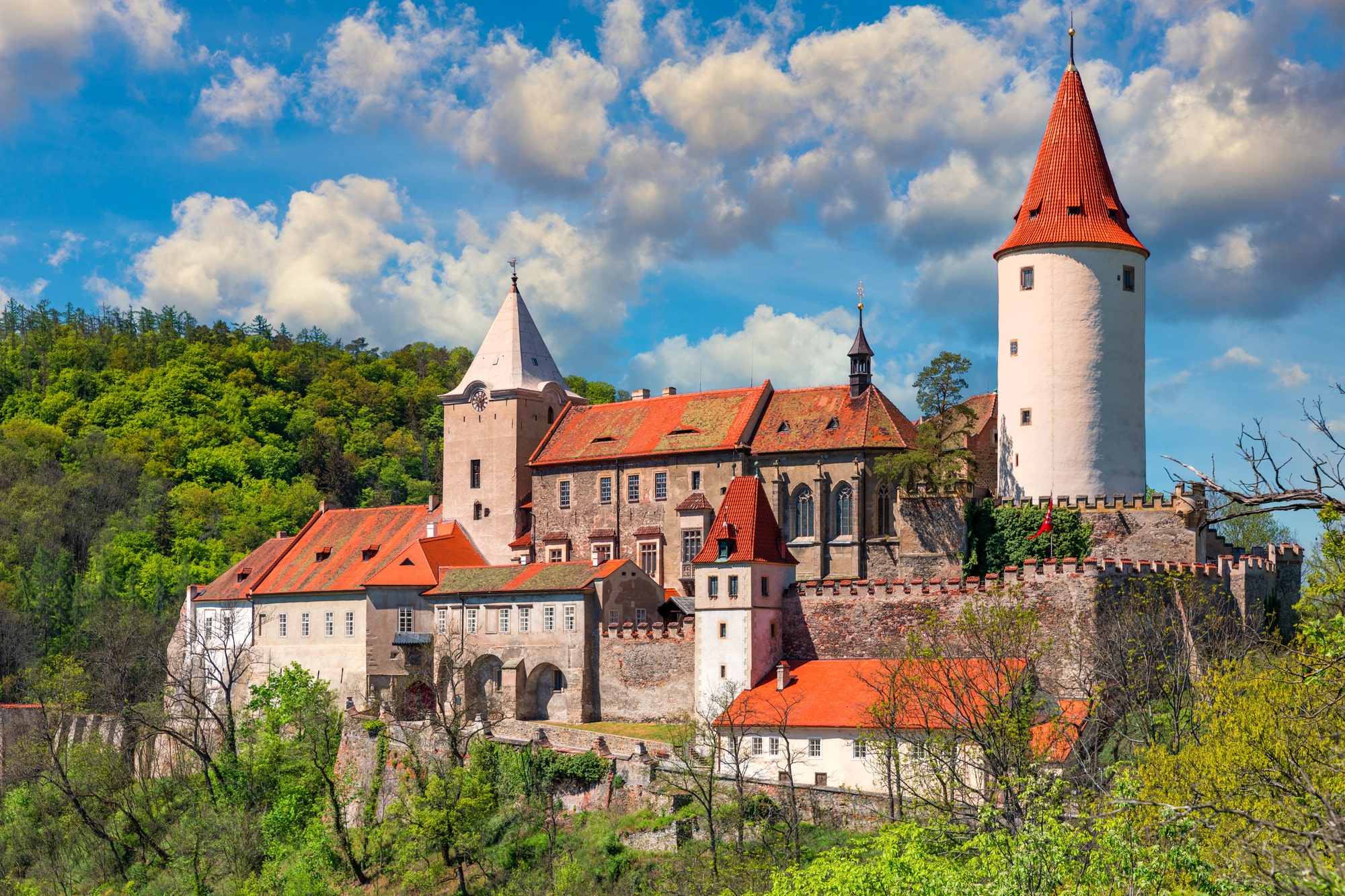
Křivoklát Castle is to be found hidden within a thick forest near a bend in the Berounka River about an hour’s drive from Prague. The castle is not immediately apparent when arriving from the Czech capital because of the surrounding trees, but great views are afforded from a lookout a short walk through the forest.
It started out as a hunting lodge and the first historical references to it come from the 12th century when the first fortification was built there. A large royal castle was then erected in the second half of the 13th century under the reign of Přemysl Otakar II and later rebuilt and expanded by Václav IV. It had to undergo reconstruction a number of times and served as a notorious prison for some years when its importance to the ruling elite became less pronounced. For English-speaking tourists, perhaps the best-known connection to the castle is the site of the incarceration of infamous alchemist and necromancer, Edward Kelly.
The earless Kelly (having lost his auricle parts during a sword duel as a young man) incurred the wrath of Emperor Rudolf II when he failed to follow-up on his promise to the monarch to transform large quantities of base metals into gold, and it was partly for that reason that he was imprisoned at Křivoklát. He cripples himself by breaking a leg during an escape attempt and eventually died after breaking his other leg during yet another abortive prison break from a second prison – Hněvín Castle in the modern-day city of Most in North-West Bohemia.
Křivoklát Castle is an easy day trip from Prague and quite an adventurous one too. Read more about our excursion to Křivoklát Castle here.
3. Hohenwerfen Castle, Austria
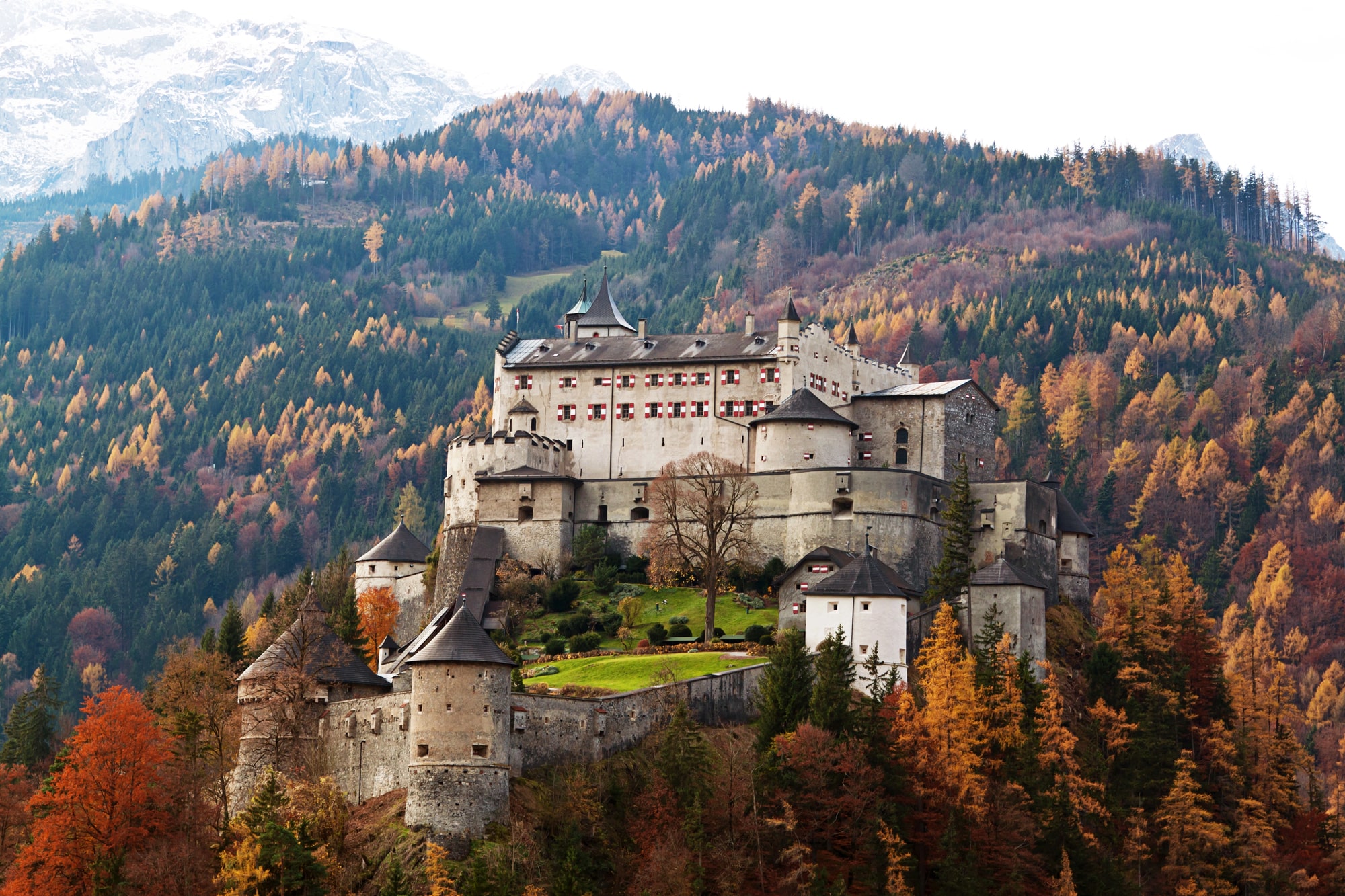
Does this imposing castle seem slightly familiar to you? If it does, it’s because Hohenwerfen Castle featured in the background scene to the song ‘Do Re Mi’ in the Sound of Music, and as Schloss Adler where Richard Burton and Clint Eastwood ran amok in Where Eagles Dare. It was originally built between 1075 and 1078 during the Imperial Investiture Controversy (a church-state conflict in medieval Europe) and then gradually expanded over the centuries when served Salzburg’s rulers as a military base as well as a residence and hunting retreat.
Like Křivoklát Castle in the Czech Republic, it also became state prison for the incarceration (and sometimes torture) of various aristocrats. Nowadays the bastion functions as an adventure castle for its visitors who flock to see its extensive weapons collection and falconry museum, as well as to avail themselves of the fortress tavern. Hohenwerfen Castle is an easy day trip from Salzburg.
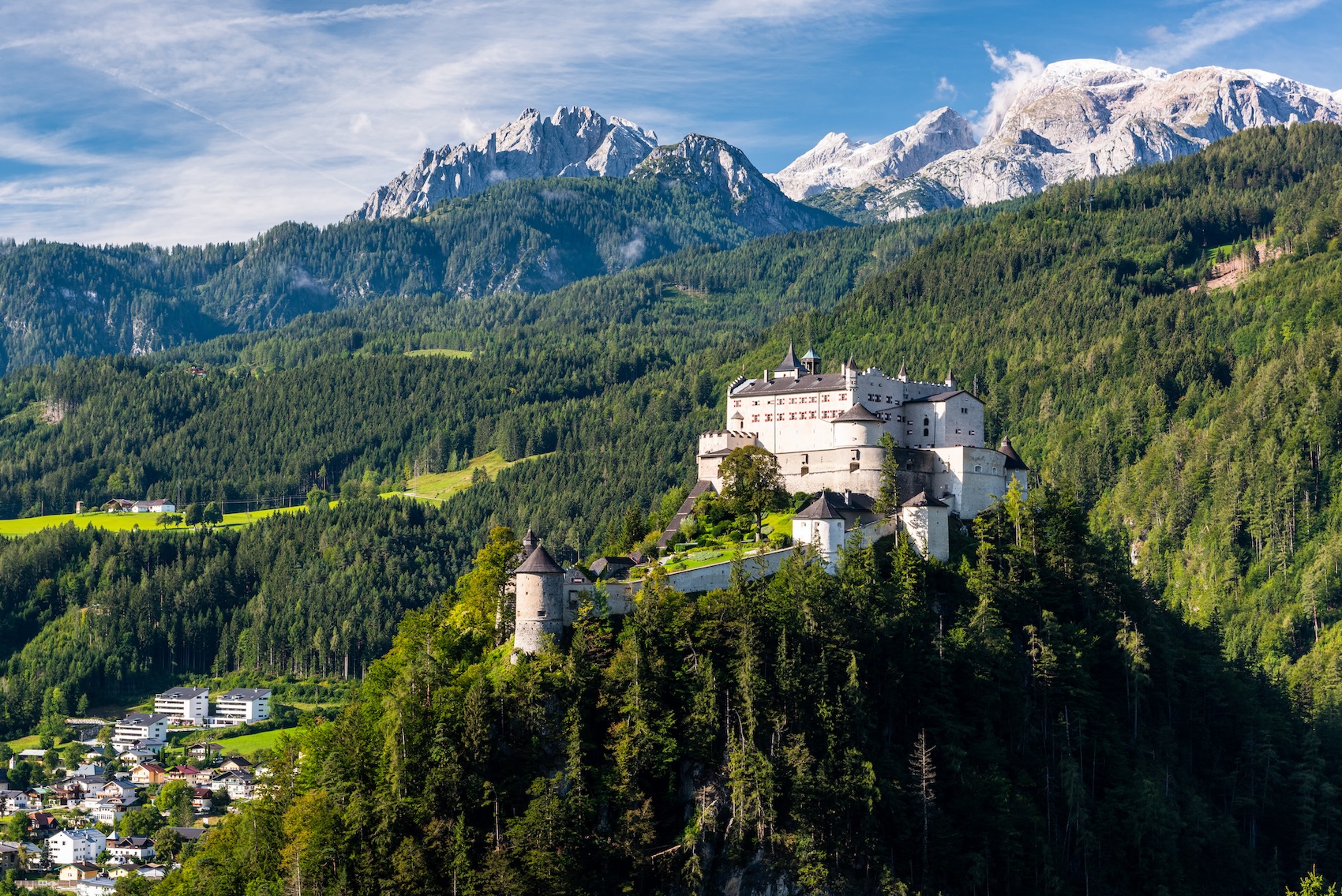
Want to build your own trip to Austria instead?
Instantly create your own customized trip with our easy to use trip builder
4. Duernstein Castle, Austria
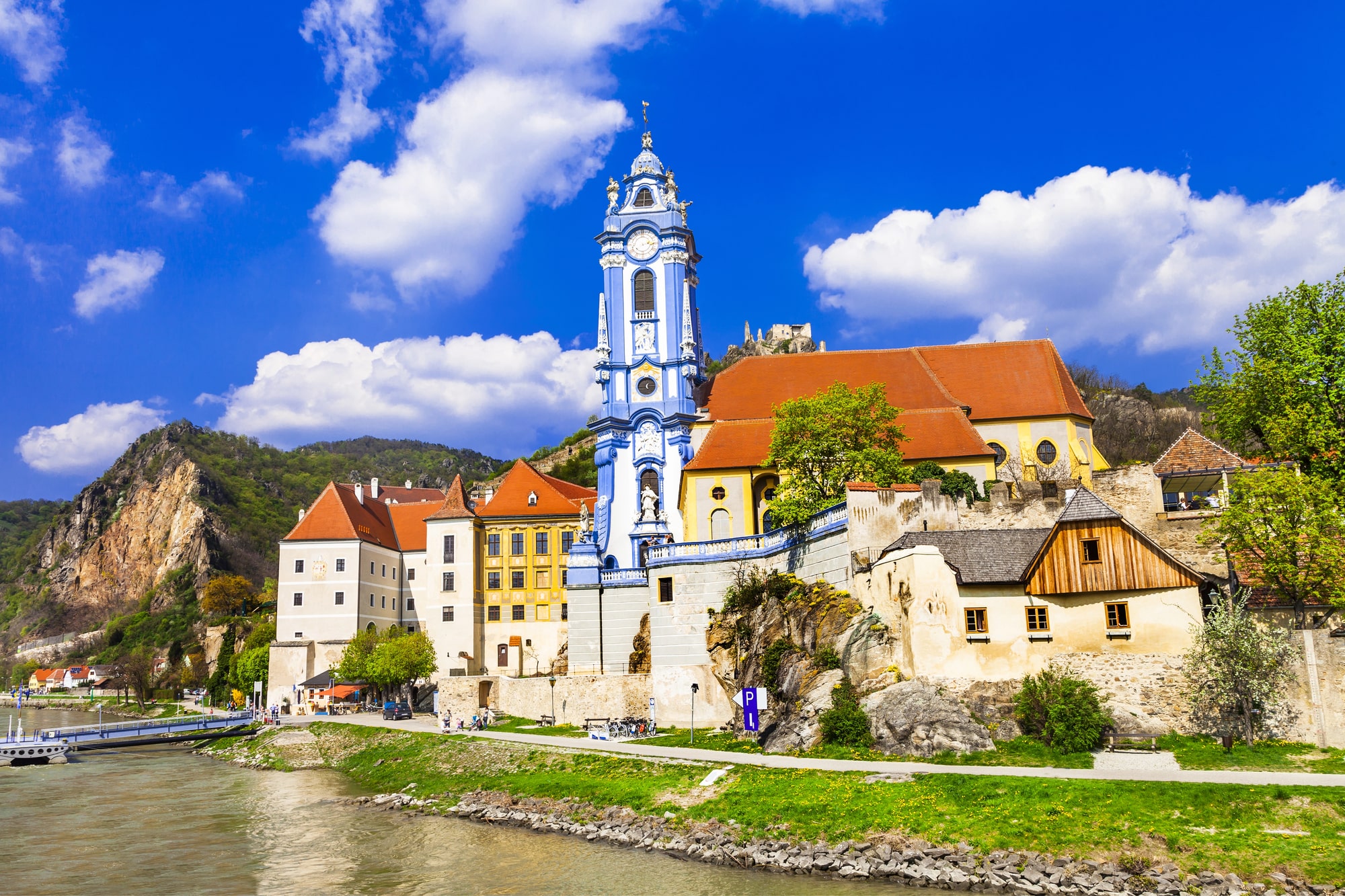
If you know your history of British monarchs, then you’ll have an interest in seeing the ruins of Duernstein Castle in Austria’s Wachau Valley – perhaps best viewed from a cruise on the Danube River. The monarch in question is King Richard I (The Lionheart), who was incarcerated here on his way home from the Third Crusade in the Holy Land in 1192. Having spent three years fighting the Saracens in modern-day Lebanon and Syria, Richard’s prickly personality had alienated most of his Crusader allies, so when he was forced to travel back to England overland after being shipwrecked on the north-eastern Italian coast he found himself having to journey through a mostly hostile territory.
He was eventually apprehended by Prince Leopold of Austria while holed up in a brothel on the outskirts of Vienna, although Leopold incurred the wrath of Pope Celestine III and was excommunicated for molesting a holy crusader. The Lionheart only got home after the apocryphal “king’s ransom” was paid for his release – something equivalent to about twice England’s GDP at the time. Although there’s not too much that remains of the castle today, a hike to the castle ramparts is rewarded with wonderful views of the Wachau Valley.
5. Neuschwanstein Castle, Germany
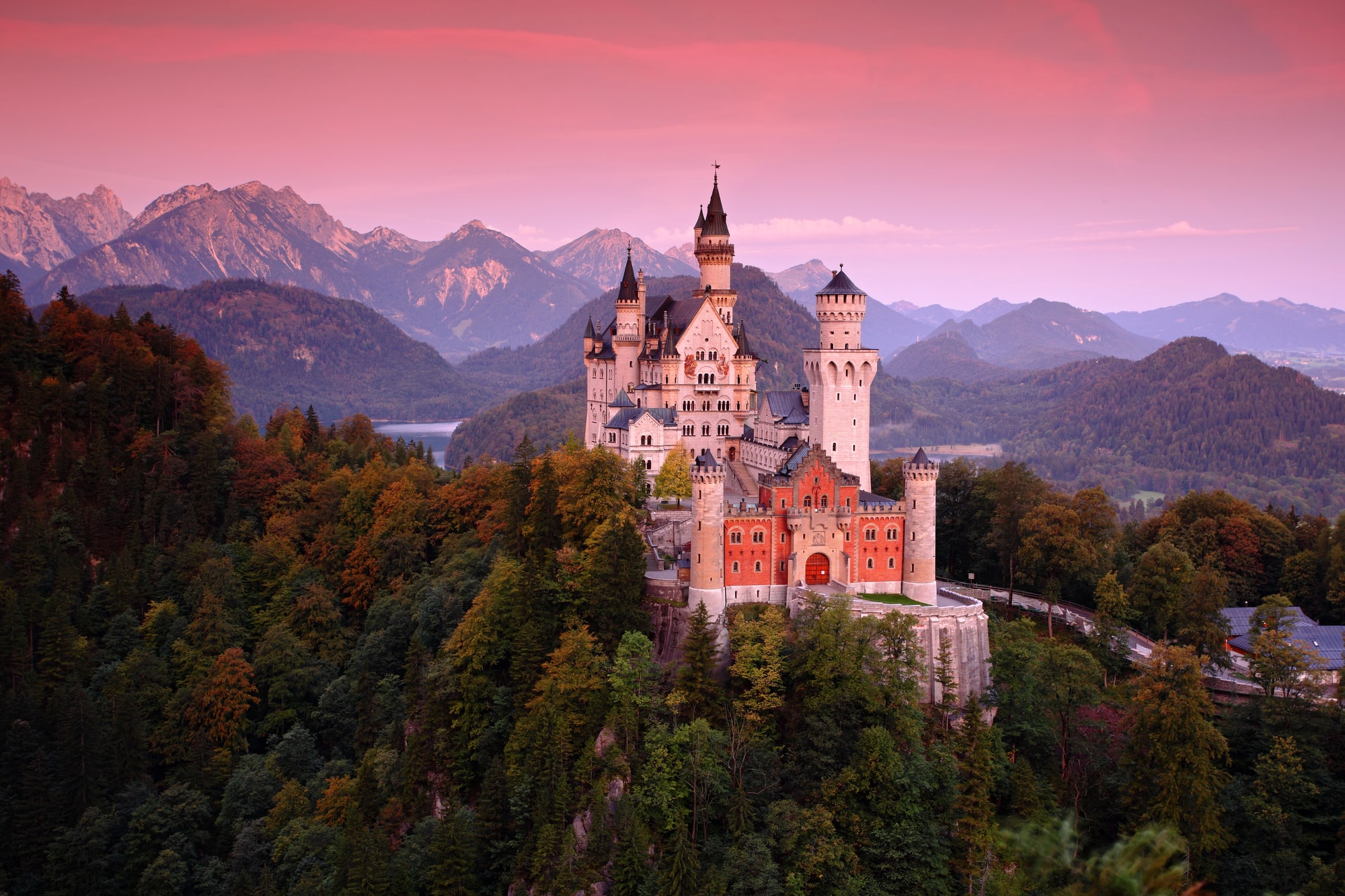
Disney’s stylised castles have been so ingrained in the modern imagination that many visitors to Neuschwanstein Castle will wonder whether this is where Snow White lived out her days after marrying her Prince Charming. It is indeed the ultimate “fairytale” castle, having been built by King Ludwig II of Bavaria partly as an escape from the real world and his royal duties and partly as a “worthy temple” for his “divine friend”, the composer Richard Wagner.
The primary reason behind the construction was Bavaria’s loss in the Austro-Prussian war of 1866 which ultimately removed the king’s right to dispose over his army in case of war. As a result, Ludwig II was effectively no longer a sovereign ruler and so in 1867, he began planning his own kingdom, in the form of castles and palaces, where he could be a real king. As a boy, Ludwig had identified with the legend of the swan knight Lohengrin, to whom Richard Wagner dedicated a romantic opera in 1850, and this fed his romantic imagination as he grew older and looked for ways of creating an inner world that better aligned with his own fantastical perception of kingly dignity. This fed most clearly into his design for Neuschwanstein.
Unfortunately for Ludwig, there was no aligning the worlds of imagination and finance, and from 1885 on foreign banks threatened to foreclose on the huge loans they had made to him and seize his property. The king’s refusal to react rationally led the government to declare him insane and depose him in 1886. Ludwig II was interned in Berg Palace where he died the next day in mysterious circumstances in Lake Starnberg, together with the psychiatrist who had certified him as insane.

